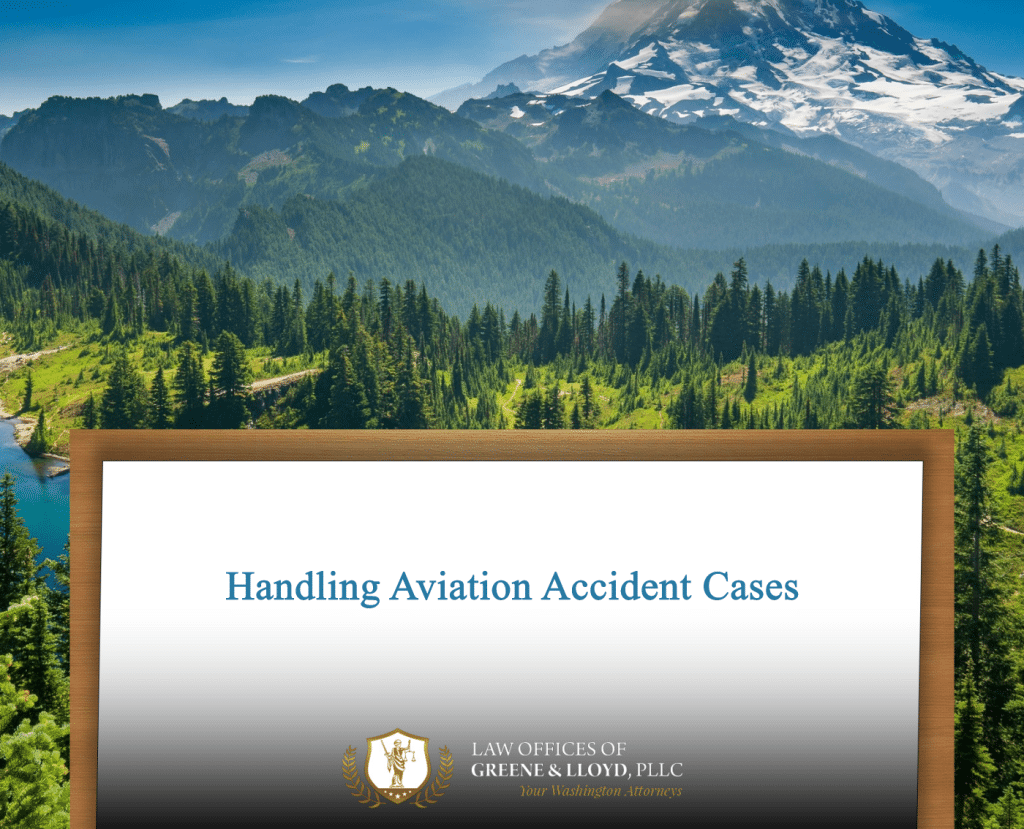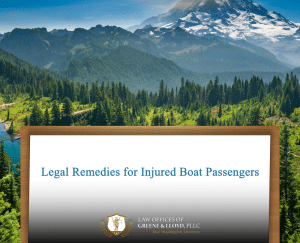Aviation Accidents, though relatively rare, can be devastating events that lead to significant loss of life and emotional turmoil for those affected. When an aviation accident occurs, the impact ripples through families, communities, and the industry itself. Survivors and families of victims are often left grappling with grief, confusion, and the complexities of legal processes. Navigating the aftermath of such tragedies can be overwhelming, but understanding the dynamics of aviation accident cases can empower those affected to seek justice and support. This article will unravel the intricacies surrounding aviation accidents while offering practical advice for managing the aftermath effectively.
Understanding Aviation Accidents
Aviation accidents refer to incidents involving aircraft that result in damage, injury, or loss of life. These events can occur during various phases of flight, including takeoff, in-flight, or landing. For example, a commercial flight may experience a catastrophic engine failure while airborne, leading to a crash that results in numerous casualties. Alternatively, a small private aircraft might collide with another vehicle upon landing, injuring those on board and on the ground. Each incident not only highlights the need for strict safety measures but also raises questions regarding accountability and compensation for the affected parties.
The Importance of Addressing Aviation Accidents
The significance of aviation accidents extends far beyond the immediate tragedy, impacting various stakeholders involved or connected to such incidents. When a commercial airline crashes, it often shakes the public’s confidence in air travel. This could lead to a decline in passenger numbers and financial losses for airlines, ultimately affecting employees and communities reliant on the aviation industry.
- A situation where a flight crashes due to mechanical failure may prompt extensive investigations, resulting in new regulations or heightened safety standards.
- In cases where negligence is identified, it can lead to substantial compensation claims by victims’ families, potentially causing financial strain on airlines or manufacturers.
- Communities surrounding airports may experience heightened scrutiny regarding their safety protocols, impacting local economies.
Navigating the Legal Process After Aviation Accidents in Washington
- Step 1: Gather all available evidence, including witness accounts and flight data.
- Step 2: Report the incident to appropriate authorities, such as the Federal Aviation Administration.
- Step 3: Consult with legal experts who specialize in aviation to evaluate your case.
Effective Strategies for Handling Aviation Accident Cases
Common Questions About Aviation Accidents in Washington
How Greene and Lloyd Law Firm Aids Clients
The Law Offices of Greene and Lloyd specialize in representing victims and their families in aviation accident cases. With years of experience navigating the complexities of aviation law, our team is committed to securing fair compensation for clients. We understand the emotional toll such incidents take, and we strive to provide peace of mind by handling the legal intricacies. From gathering essential evidence to negotiating with insurance companies, our firm has the expertise to advocate effectively for our clients’ rights.




